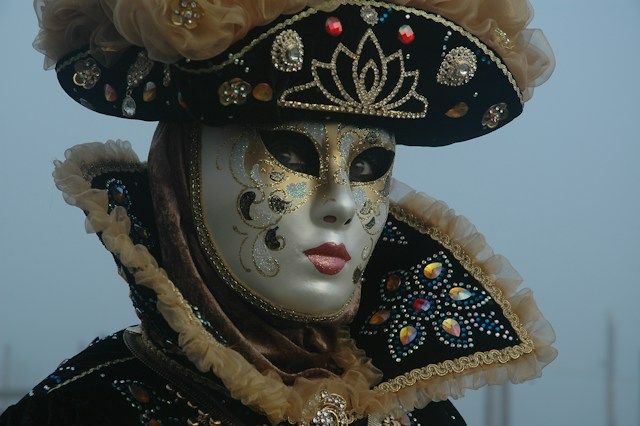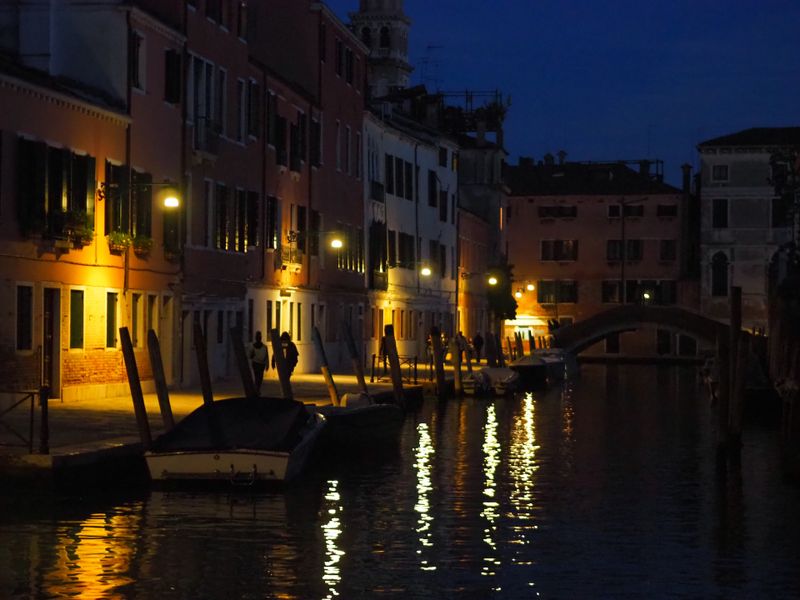Venice, the "Serenissima," is a city that enchants and captivates with its canals, breathtaking works of art, and extraordinary architecture.
But beyond its best-known wonders, Venice hides secrets and curious details that further enrich its unique charm.
Curiosity Venice

Let's discover together curiosities Venice you may not have known about this magical city.
The Bridge of Sighs: A way for the condemned to prison
The Bridge of Sighs, one of Venice's most iconic symbols, connects the Doge's Palace to the New Prisons by crossing the Rio di Palazzo.
This striking stone passage owes its name to the sad fate of the condemned prisoners who crossed it for the last time.
It is said that the prisoners emitted sighs of despair as they saw the sky and the sea for the last time before being locked up or even executed.
The Spritz: A symbol of the venetian aperitif since the 16th century
The Spritz, a famous cocktail made from wine and sparkling water, has deep roots in Venetian tradition.
It is said that in the 16th century, Arsenal workers were rewarded with a glass of wine and fresh water.
Today, the Spritz has become an icon of the Italian aperitivo, but its connection to Venice has remained intact over the centuries.
The unusual origin of the word "Hello"
The word "hello," common in Italian everyday speech, has Venetian origins.
Derived from the abbreviation "sciào vostro" (I am your servant), it was initially an expression of humility and respect used by servants toward their masters.
Over time, it has lost its original meaning, transforming into an informal greeting spread all over the world.
The Sestrieri: Seven districts for the city of waters
Although they are called "sestrieri," there are seven neighborhoods in Venice.
Originally, the city was divided into six administrative zones called sestrieri, but the inclusion of Giudecca brought the total number to seven.
This division reflects the complexity of Venetian urban planning and its unique history.
St. Mark's Square: The only official square in Venice
While the other wide openings are referred to as "campi" or "campielli," Venice has only one official square: Piazza San Marco.
This exception dates back to the ancient history of the city, where St. Mark's Square has always played a central role in the public and social life of the Serenissima.
The Venetian Calendar: A beginning of the year out of the ordinary
The Venetian calendar began on March 1, unlike the Gregorian calendar adopted by most of the Western world.
This historical peculiarity persisted until 1797, when Venice joined the Gregorian reform. A detail that underscores the uniqueness of the Republic of Venice.
The Carnival of Venice: A tradition that goes back to the year 1000
The Carnival of Venice, with its masks and lavish festivities, has roots dating back to 1094.
This celebration allowed the less affluent social classes to express themselves freely, mingling with the upper classes and enjoying an atmosphere of anonymity made possible by the masks.
Curiosity Venice: conclusion
So, Venice continues to enchant and surprise with its rich history and unique curiosities.
Every corner of this city holds a secret, a detail that contributes to its eternal charm. Whether you are a visitor or a resident, there is always something new to discover in La Serenissima.

